6 Things You Should Know Before Meeting Granular Backfill For The First Time
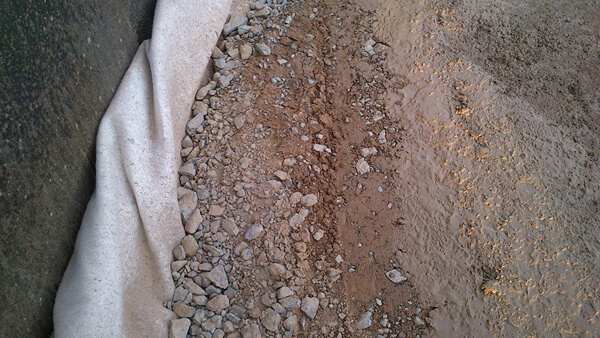
Backfilling is one of the essential task in the construction industry. This is the process of putting in soil, whether reusing or replacing, after the construction of structural member took place.
The material used during the backfilling should comply to design requirements which means it can withstand the load transferred, maintaining the stability of the structure and does not impose significant settlement over time. Factors you need to consider during backfilling are choosing the right soil and the compaction of soil.
Ideally, backfill should be of material should be of small void material. No organic material such as decomposing dirt, garden soil and soft soil should be used as it make retain too much water that can be an added lateral pressure to the retaining wall.
The ideal material used for backfill are base material, wall rock and drainage stones. This type have properties that makes it difficult to retain water.
Contents
What is Granular Backfill
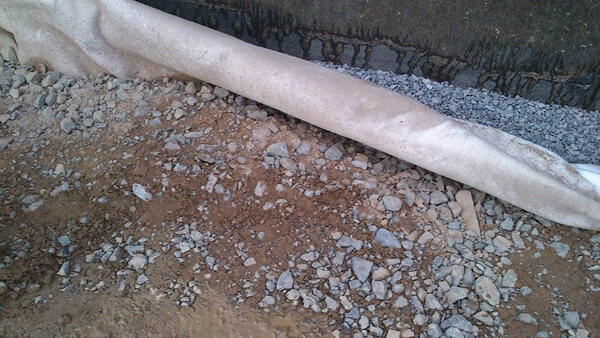
Granular backfill are coarse-grained soil where the grains are larger than 0.075 mm (or 75 µm). These type of soil grains can be seen with the naked eye and feels gritty when rub between our fingers.
Granular backfill shall consists of pit-run gravel, sand or crushed gravel.
What is Considered Granular Fill
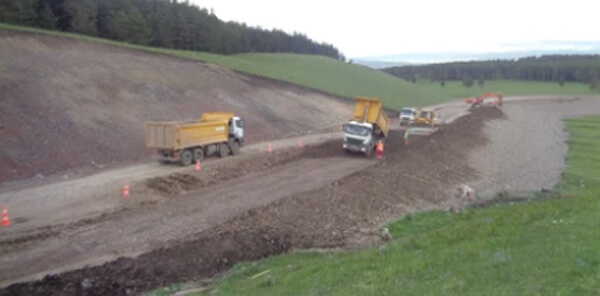
Granular backfill, as discussed, are coarse-grained soil that are larger than 0.075 mm (or 75 µm). These coarse-grained soil are well suited in confined areas and does not permit heavy equipment like areas around structures like tunnels, culvert, tanks and other utilities.
The reason for this is granular soil or cohesion less soil are unstable and may collapse during applied load. These type of soil are great in allowing better drainage around structures that resists compaction and consolidation from water drainage. These means that granular fill has lesser void ratio and does not retain water.
Generally, the higher the density of the granular soil, the higher its shear strength which will result to a stiffer and stronger compacted material.
What is Granular Soil Used For
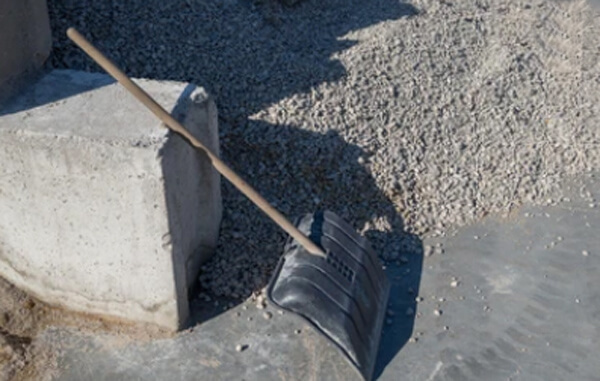
Granular soil are usually more preferred for backfilling a retaining wall. One of the most common reason for this is because it does not retain water. The soil will not have any change in volume when moisture is present.
Granular soil as backfill is considered to be free draining, it allows water to flow and drain out away from the back of the wall. Non-granular soil, like cohesive soil, could be detrimental to the back of the wall as it will tend to swell and shrink. This means that retained water in soil would produce forces that can overturn against the wall.
With this, granular soil used as a backfill for retaining wall is allowing surface water to drain rapidly which will not allow any additional hydrostatic pressure on the wall.
The purpose is to make sure that lesser water penetration will happen during heavy rains. It is necessary and required to compact your backfill material .Soil compaction is the process of applying pressure and/or vibration to lessen the voids between the particles which results to an increase of soil density. This process results to improvement of soil properties like:
- increases the shear strength and load bearing capacity;
- increases the soil slope stability;
- lessen the void ration which means lesser water seepage and
- increases the stiffness which lessens the settlement during working load.
Why is Granular Soil Used As Backfill
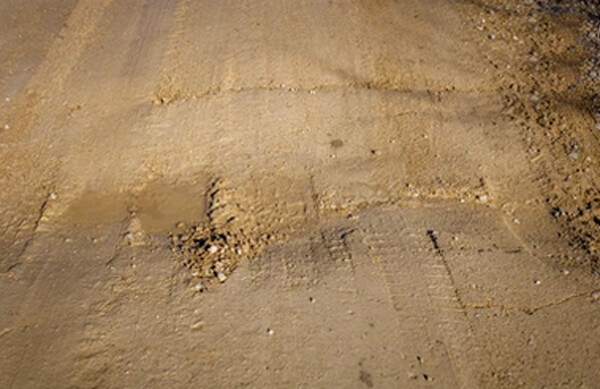
Granular soil is used as backfill because it has high quality properties and exhibits slight to no plasticity. These type of soil are easy to compact and provides a good support for the structural members.
It has small void ratio, because of this, it retains less water compared to other soil material. When a soil material absorbs a good amount of water, it can contribute to the additional pressure the retaining wall resist which exceeds its designed strength. When this happen, structural damages may happen and contribute to damages.
Granular soil on the other hand, retains no to less water which means lesser lateral pressure.
Is Number 57 Gravel Granular Backfill Good
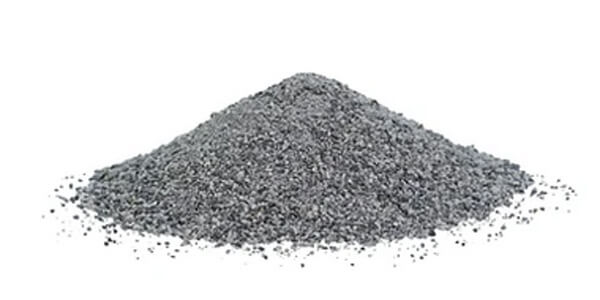
Knowing what type of structure will determine what type of backfill material is good and applicable. Number 57 gravel soil are aggregates that are small than 1 inch and are usually 3/4 inch in size.
Because of its size, number 57 gravel is not necessarily compacted but are just properly oriented when passed with compaction equipment. The number 57 gravel have voids in between that allows air and water to pass through.
Number 57 gravel are a good backfill material when used around drain pipe, driveway surfaces, retaining walls, irrigation projects and are used to stabilize soil which are hard to compact.
Why is Granular Material Backfill Over Gravel
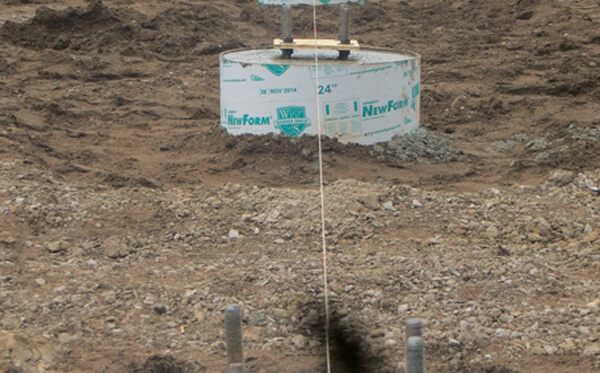
The granular material should be backfill over gravel to have a better drainage system. The granular backfill shall be placed in layers not exceeding 150 mm in depth wherein each layer should be compacted well of not less than 95% standard proctor density for the backfill material at optimum moisture content.
Since gravel are great material for compacting and backfill material because of its void ratio, it should be of sizes not greater than 3/4 inch. With this, compaction will not be hard to be done and allows the surface water to drain rapidly, especially that your provided drainage on the base of your backfill layer.
With this, lesser additional pressure, brought by water, pushes towards the retaining wall. Another thing is, over time, lesser settlement will happen which affects the stability of the structure above the backfill material.
rammer compactor price,start from $150
Conclusion
To decide for the type of backfill material to be used in the construction, you must know the purpose of your structure and location first.
Granular soil is not best used on areas wherein there is a heavy applied pressure from structures or equipment but it is best for areas around it where proper drainage is required.
Because of the size of the granular soil, it allows water to pass through rather that retain the moisture when water is present. This solves the issue in additional pressure on the structural member which can affect badly on the structural stability.
In cases wherein the water make be stock on the bottom, drainage shall be provided to allow the water to run away from the structure.
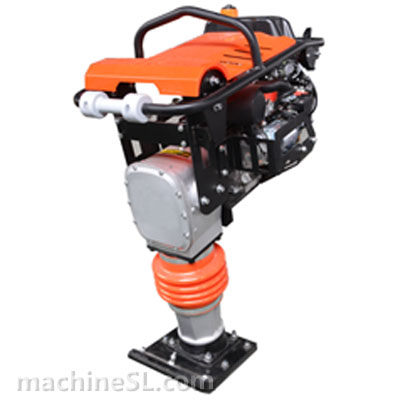
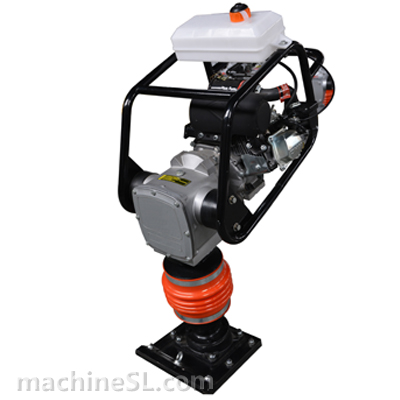
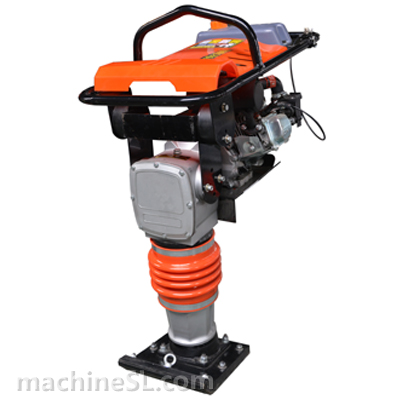
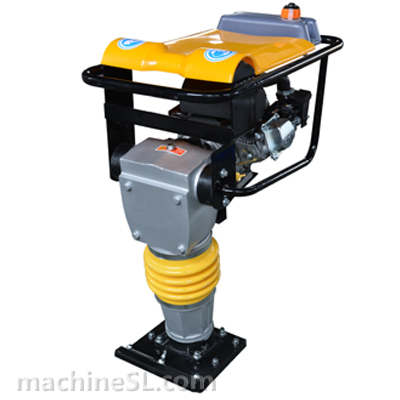
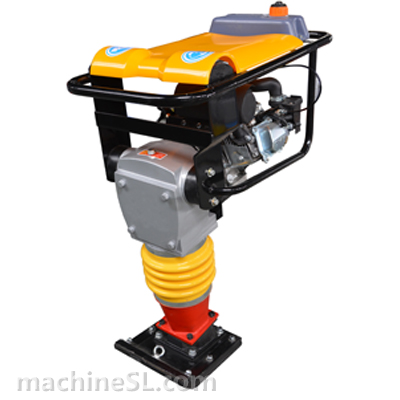
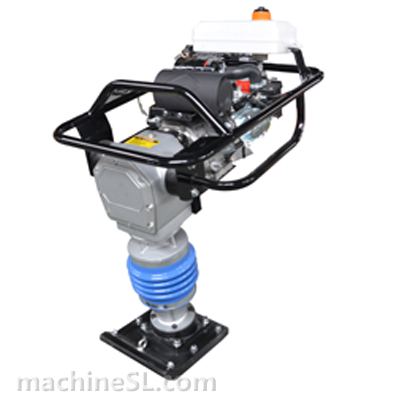
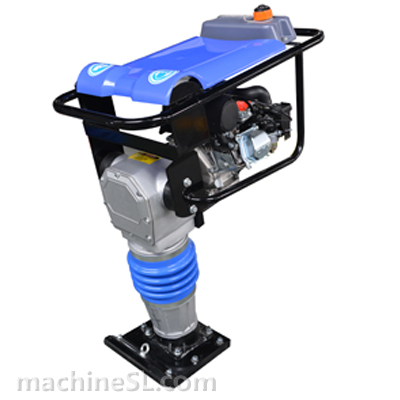
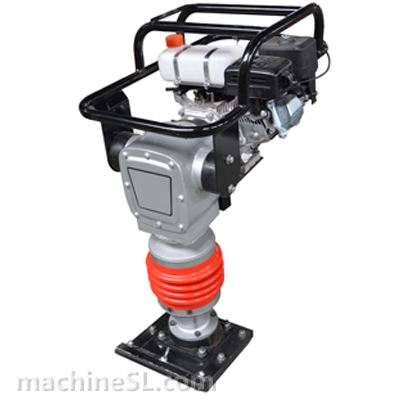
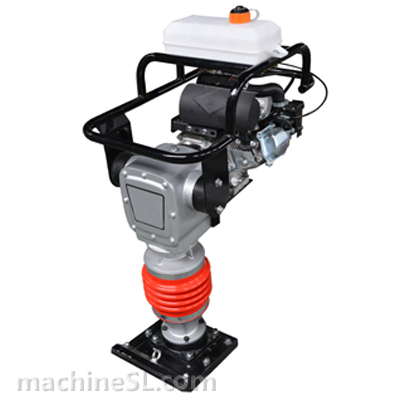
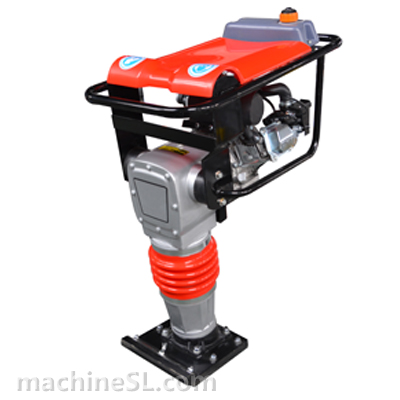
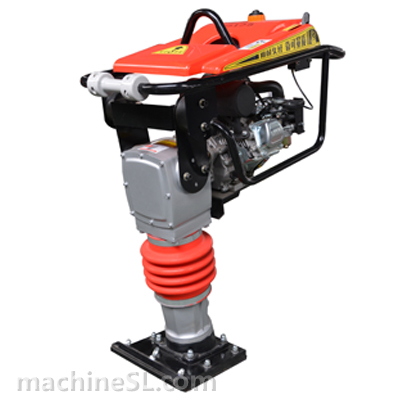
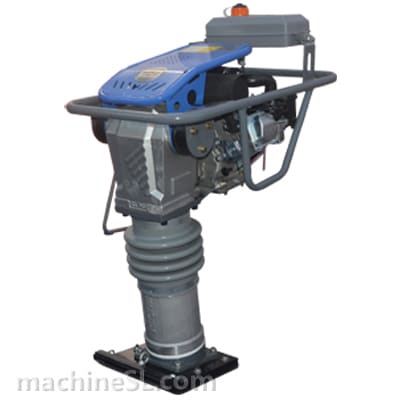
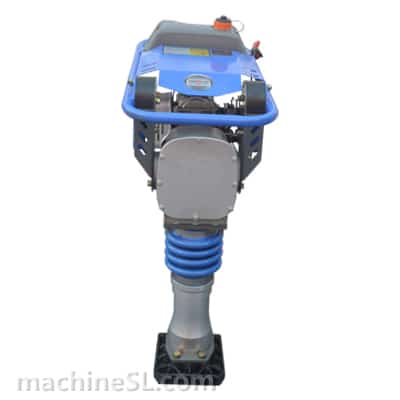
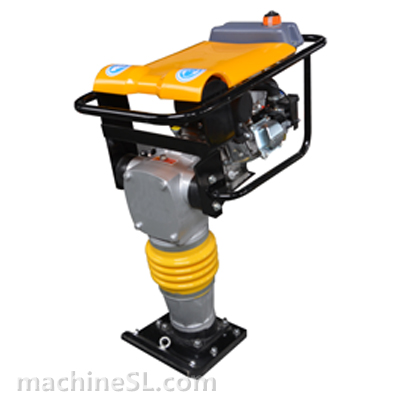
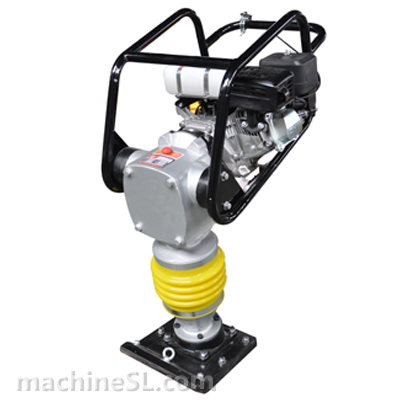
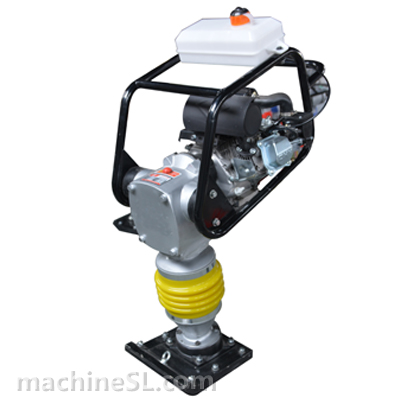
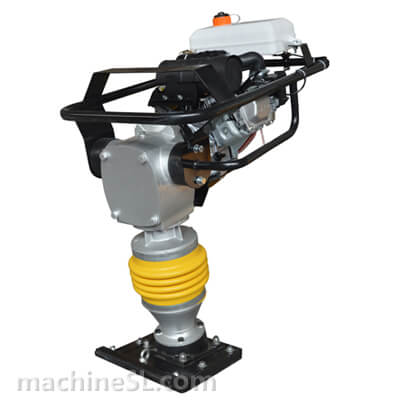
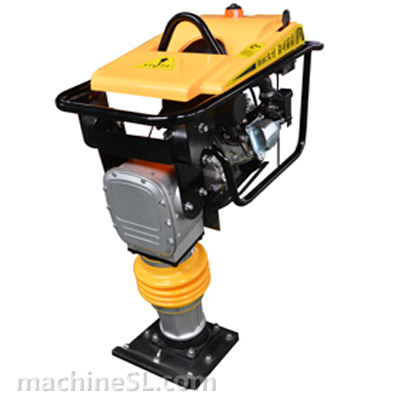
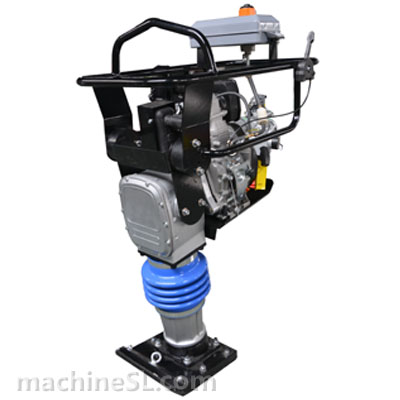
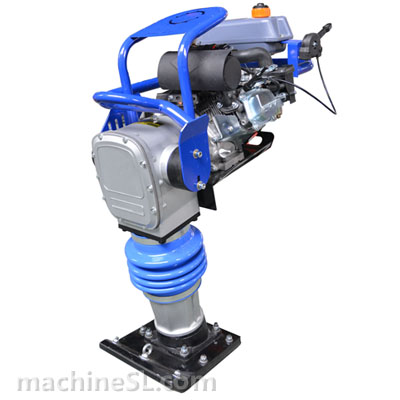
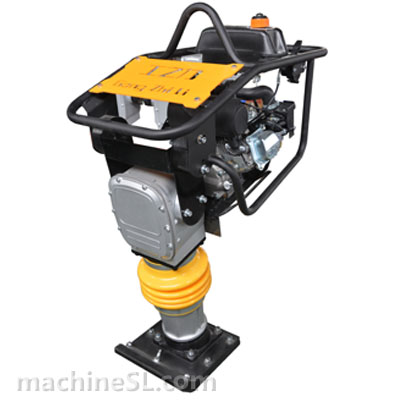
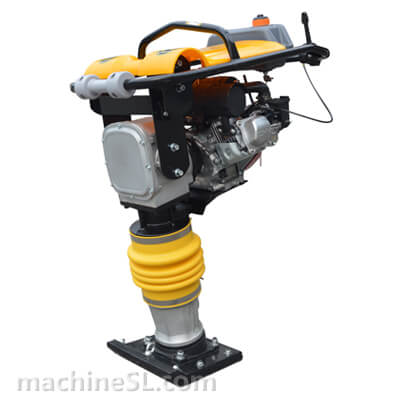
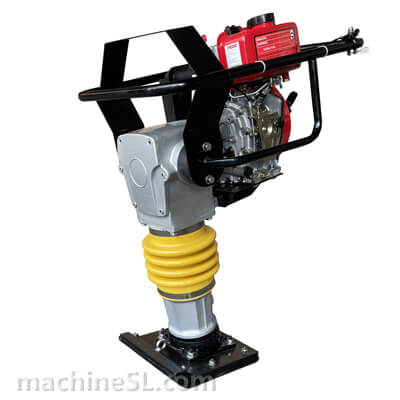
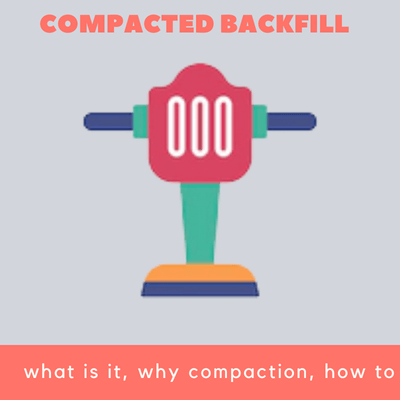
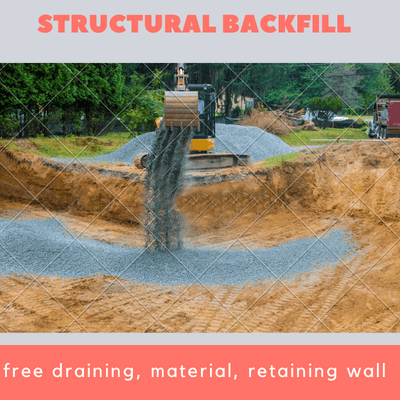
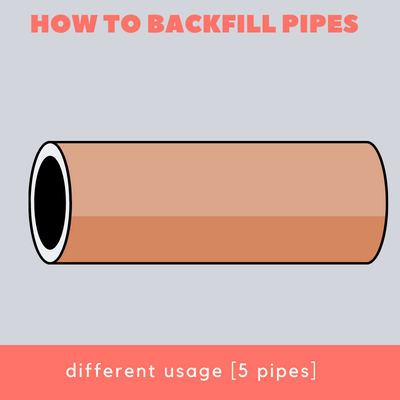
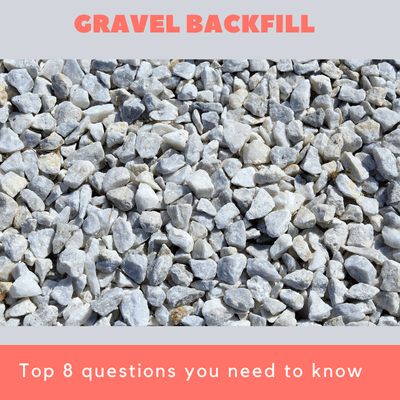
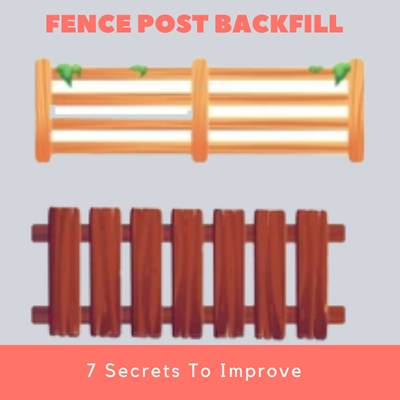
Leave A Comment